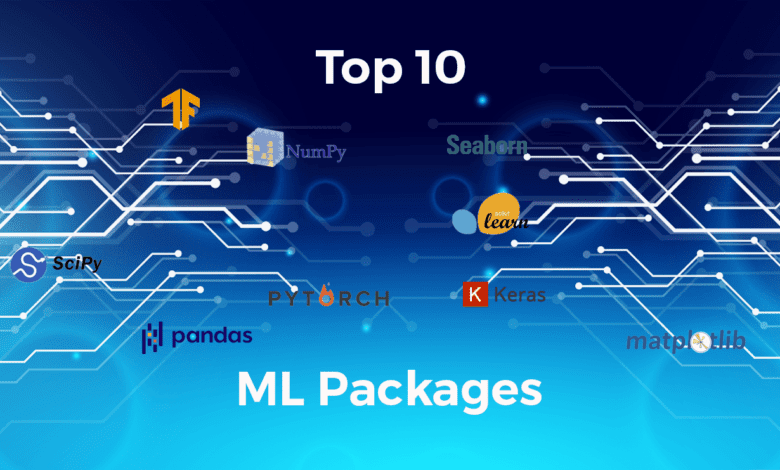The Rising Popularity of PyTorch in AI and Data Science

In recent years, Facebook’s PyTorch has positioned itself as a leading framework for AI and data science. Its adaptability, user-friendliness, and strong community support have made it a top pick for business researchers and developers. In this article I offer a detailed overview of PyTorch, comparing its features with competitors like Google’s TensorFlow, and highlighting its benefits and constraints for data scientists.
PyTorch consistently adapts to the needs of contemporary AI applications. A key feature of this package is its hardware acceleration, which allows for quicker training and deployment of machine learning models. The latest compiler technology ensures Python code runs efficiently, leading to notable performance improvements. By integrating operations and auto-tuning, PyTorch can boost performance by up to 40%, essential for processing vast data volumes efficiently.
Its compatibility with various backend and computing devices adds to PyTorch’s versatility. For instance, PyTorch works well with AMD GPUs via ROCm, simplifying model deployment in production settings. While PyTorch excels in model development, for production deployment, other frameworks are often recommended. Tools like Nvidia’s FasterTransformer integrate well with PyTorch, facilitating efficient deployment of models like GPT.
PyTorch’s emphasis on dynamic execution and user-friendliness has made it a favorite for Generative AI researchers. However, while PyTorch shines in generative AI, TensorFlow, developed by Google, offers a wider feature set for industrial applications. TensorFlow’s adaptability and compatibility with various platforms make it ideal for businesses scaling AI applications. Yet, PyTorch’s dynamic capabilities make it particularly apt for generative AI projects.
A significant advantage of PyTorch often highlighted by the community is its developer-centric environment. Coding in PyTorch closely resembles standard Python, enhancing its readability. The framework’s support for various operations allows developers to experiment and refine swiftly. From my perspective, PyTorch offers an excellent debugging experience, integrating seamlessly with tools like Pdb for detailed operation execution.
However, PyTorch isn’t without its limitations. Features like higher-order derivatives and program transforms, available in projects like JAX, aren’t as developed in PyTorch. But for most current deep learning applications, these aren’t major hindrances.
A key to PyTorch’s success is its active community and the ethos of open research collaboration. Much of today’s groundbreaking AI research is developed in PyTorch and shared openly. This spirit of collaboration spurs innovation, with researchers building upon shared ideas. The PyTorch community has seen significant progress recently, such as the introduction of BetterTransformer optimizations, enhancing the performance of transformer models.
Conclusion
PyTorch has solidified its place as a premier framework in AI and data science, offering clear advantages over competitors like TensorFlow. Its performance capabilities, adaptability, and user-friendly nature make it a favorite among business researchers and developers. With a thriving community and collaborative research culture, PyTorch is set to continue influencing AI and data science advancements.
As the AI landscape evolves, PyTorch is poised to play a pivotal role in its future trajectory. Its continuous development and growing user base suggest it will remain vital for businesses aiming to harness AI and data science’s potential. Adopting PyTorch can offer insights and tools that can lead to industry breakthroughs, marking it as an essential tool for AI and data experts.




